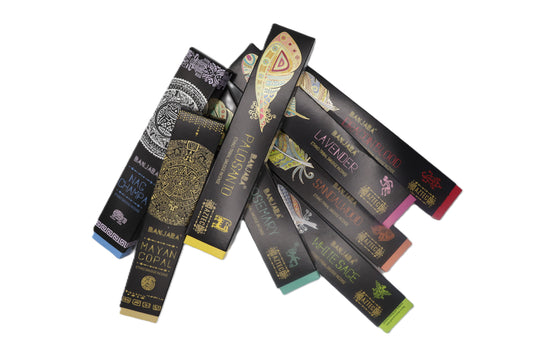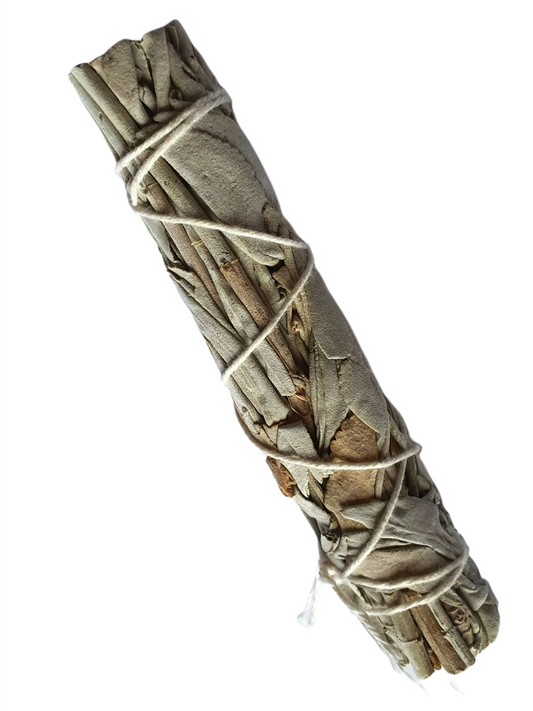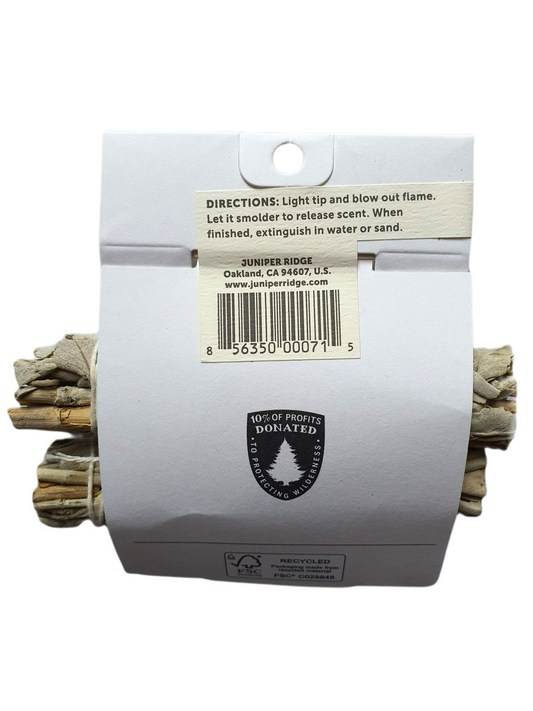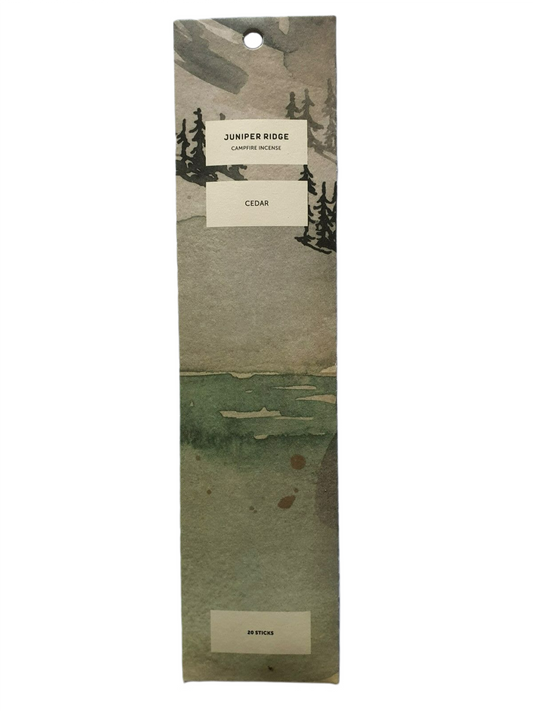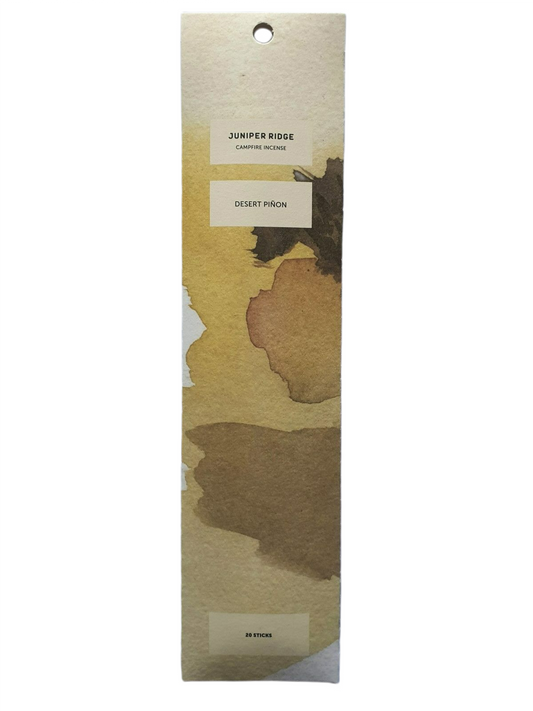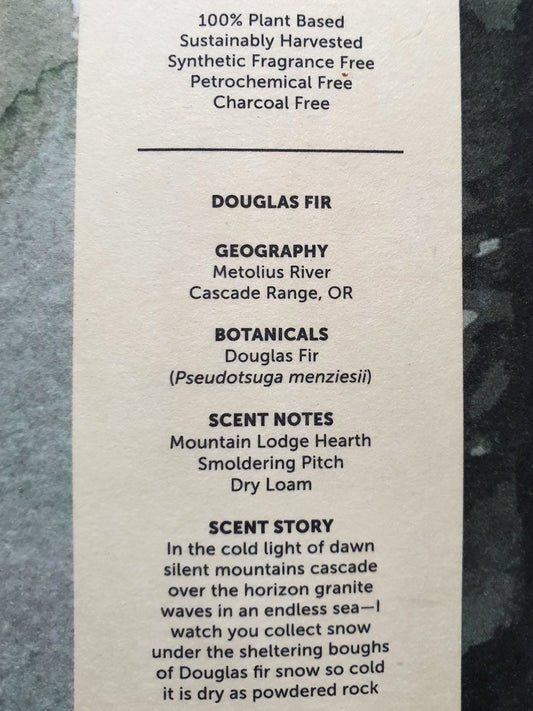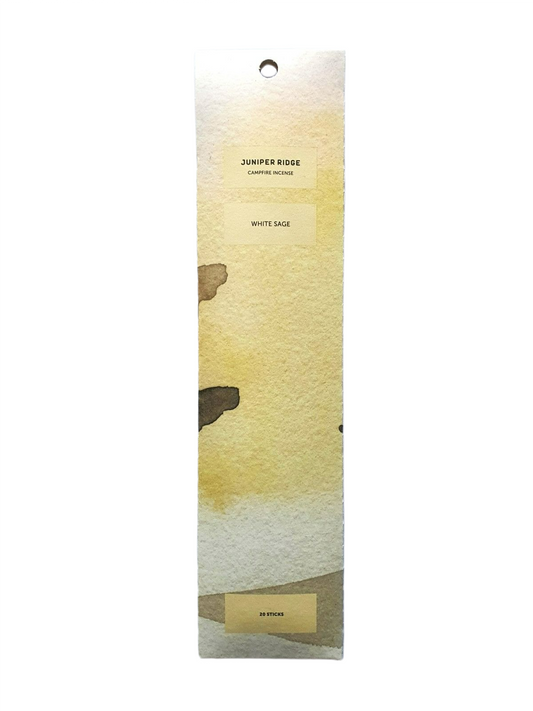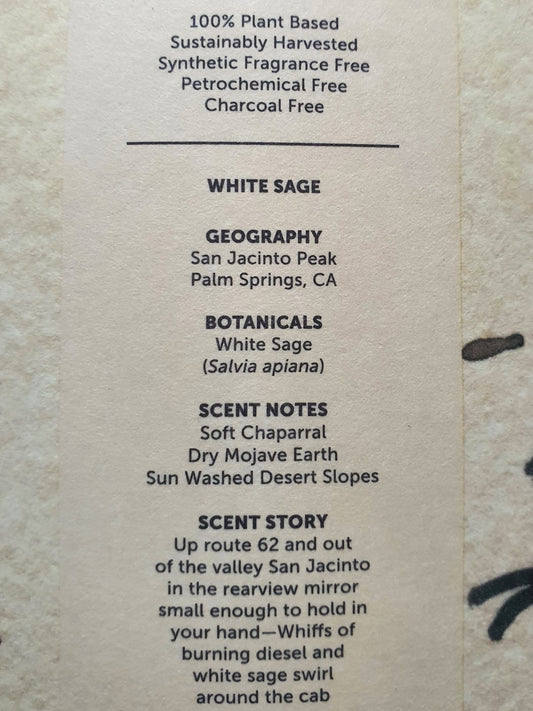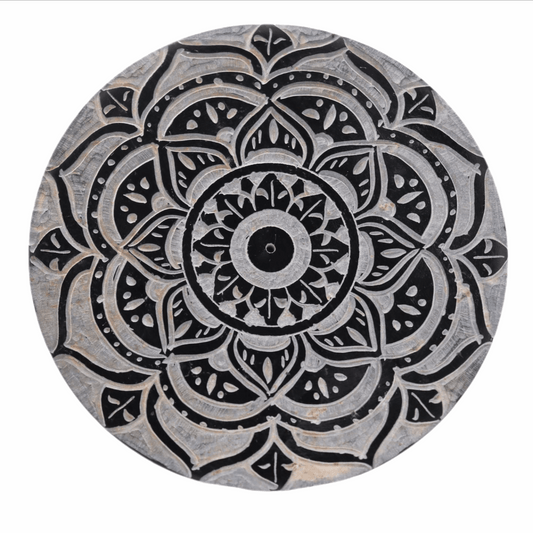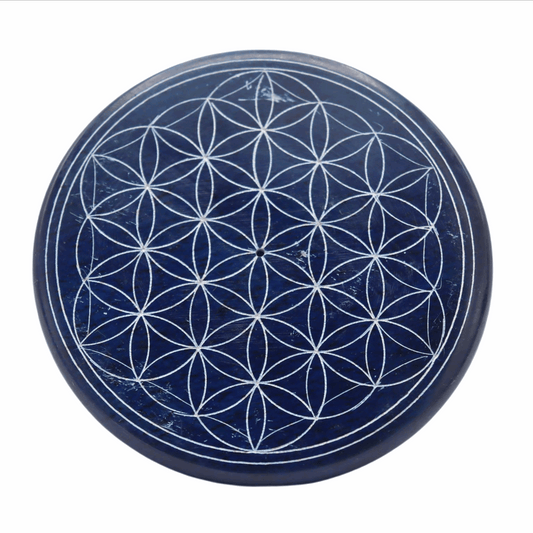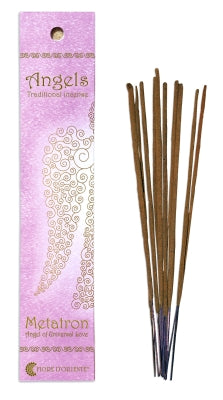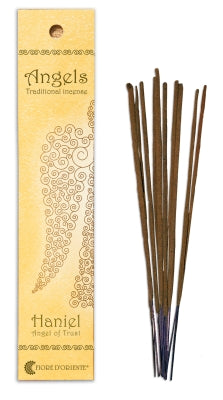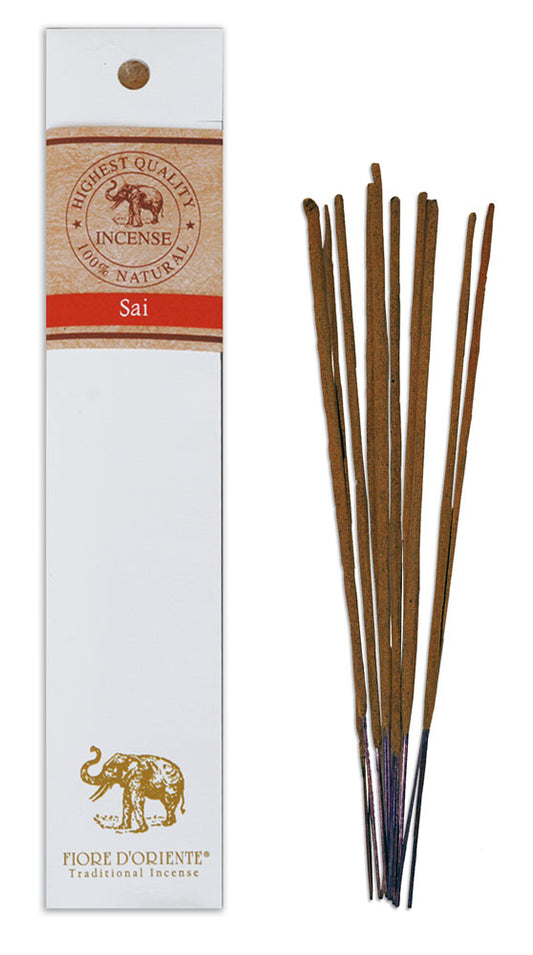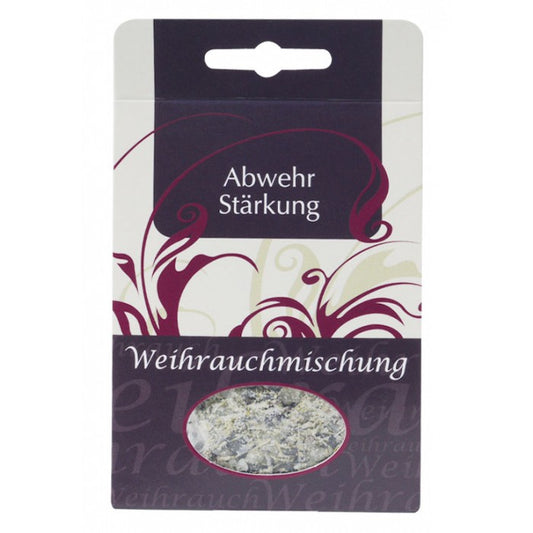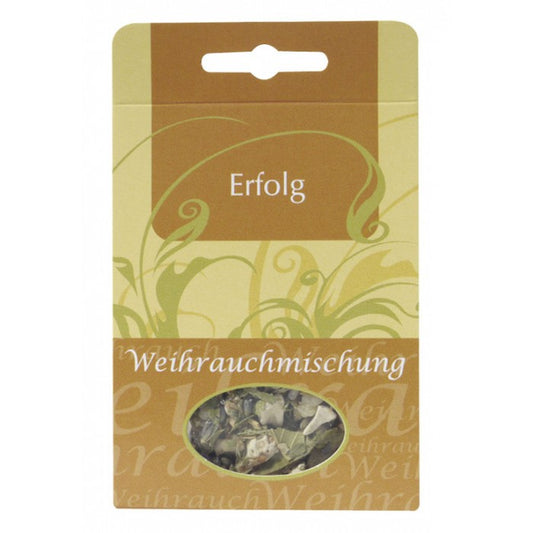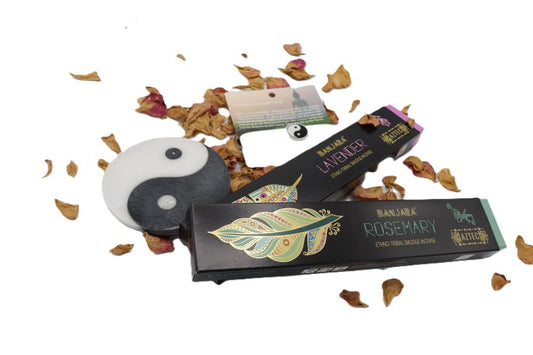incense
What is incense?
Incense includes a wide range of dried, natural parts of plants that are ignited and give off wonderful fragrances. Incense is burned naturally dried in the form of incense sticks, incense mixtures, wood, bark, resin or seeds or is prepared as incense sticks, incense cones or incense mixtures that are industrially produced.
Why do people use incense?
Incense is an ancient ritual of old healers and many primitive peoples to expel negative energies and get rid of evil spirits. Incense was used to improve the indoor climate, but also on certain occasions and celebrations.
People smoked to honor or receive guests, to give rooms a pleasant smell. Incense is also used to support prayers, meditations or rituals or to establish contact with nature, with ancestors. It was believed that one could inspire love affairs with fragrant incense or support childbirth. With the help of incense one cleaned houses and stables, sick or dying rooms.
What incense is there and where does it come from?
Indian customs, such as the sweat lodge ritual, are well known in this country. Indian mugwort (lat. Artemisia ludoviciana) is used as incense.
Smoking with white sage also originates from the Indians. White sage (lat. Salvia Apiana) grows in California, Mountain West and was considered "sacred" by the Native Americans. White sage is valued for its fresh, invigorating, slightly lemony and spicy scent, as well as for its cleansing, clarifying and protective properties. White sage has a cleansing, refreshing effect and promotes concentration. White sage has a disinfecting effect and is said to have an antibacterial effect. White sage was used by ancient peoples to drive away insects.
Today, white sage is the classic way to energetically clean rooms. Whether it's spring cleaning, moving, the first apartment together, or just because...., white sage drives the bad energy out of the rooms. Try white sage for your yoga or meditation and feel the wonderful power of the natural herbs.
Palo Santo , meaning "sacred wood" in Spanish, is a mystical tree that grows along the coasts of South America and also in parts of Central America. Its pleasant musky lemon scent has made it a must-have for incense. Palo Santo has a high resin content and is particularly noble when the Palo Santo wood naturally decomposes after 4-5 years after dead trees. This allows the essential oil to mature in the wood before it is further processed for the manufacture of incense, such as incense sticks or incense cones. Traditionally, Palo Santo was used by healers and shamans to drive away evil spirits and negative energy, as well as to relax, but also to stimulate and increase creativity. Palo Santo can be used therapeutically against flu,
Congestion in the airways, asthma, to relieve arthritis, inflammation in the body and abdominal pain. Palo Santo is known to relieve depression, stress, anxiety and chronic headaches.
Frankincense was already written about in the Bible, but incense was probably used much earlier. Frankincense is a resin that comes from the Boswellia tree. The resin of the Boswellia tree, there are many species here, is then processed into incense. Again, there are many different types. What all types of incense have in common is the fresh, lemony scent. Incense is placed on glowing charcoal and swirled around the room, where the scent of the incense can spread well. The incense incense is not only known from the church, also in Ayurveda or in TCM (Traditional Chinese Medicine) the pleasant, soothing scent of incense is known.
Sandalwood can also be used as incense. Sandalwood is known to promote calm, harmony and peace. Sandalwood comes from India and is mainly used in incense sticks. Its woody, refreshing scent is primarily suitable for religious ceremonies and Holi rituals.
Jasmine or other flowers are also suitable as incense, including St. John's wort for calming.
How do you smoke correctly?
Fragrant smoke has fascinated people since time immemorial. Smoking with charcoal represents the traditional, ritual and ceremonial smoking. When smoking with charcoal, heavy energies are neutralized by the rising smoke. Smoking with charcoal is recommended for energetic cleaning of rooms. Smoke cleans the air - the effect afterwards is balm for the soul, body and spirit. To smoke with charcoal you need:
Smoking charcoal, a fireproof vessel, sand for extinguishing (also called smoking sand), possibly. A mortar for crushing, feathers for fanning and spreading the smoke, and incense.
You fill the bowl halfway with sand. The charcoal is ignited and placed in the sand for about 5 minutes. Now you fan them with the feather so that oxygen can penetrate the charcoal. When the charcoal turns whitish on the outside, put your incense on top and spread the scent around the room with the quill. You can also put incense sticks in the sand and later extinguish the glowing piece so that the incense stick can be used again later. If you put some sand over the glowing coals, it is gentler on the incense, the scent develops more slowly and there is less smoke.
How do you do a house fumigation?
A house fumigation with incense should always be done on charcoal. White sage is recommended here. The same things are therefore required for smoking as for smoking with charcoal. If we have very low vibrations and energies in the house, they should be raised with the scent and smoke so that they clear and are neutralized.
You fill your censer ¾ full with sand, the charcoal is ignited with tongs over a candle. When you see a small spark of embers, fan the charcoal with some oxygen and place it on the sand. When the ash is white, you can place the incense and start burning.
You start smoking in the kitchen and go to the apartment/house entrance, then clockwise to all the rooms. Always fan the incense smoke from bottom to top, especially in the corners, edges and projections. In the house you start in the basement and then go to the ground floor, to the first floor and so on. Finally, finish your smoking back in the kitchen where you started. The conclusion is a walk with the incense around the house. Here you leave the bowl with the incense for the "little people", the nature beings.
Smoke should always rise during smoking. After smoking, allow the smoke to take effect for a few minutes, after which you should ventilate. If after a few days you have the feeling that it is not enough, you can repeat the procedure with white sage alone and smoke again. Incense is also suitable for this.
If you have the feeling that everything feels good, you can start to capture positive energies with the sweet grass incense stick. Go through all the rooms with incense sweet grass and concentrate on the desires associated with each room. Your wish for the sweet grass incense stick can be care for the kitchen, harmony, sociability and good communication for the living room, creativity, concentration and success for the study, relaxation and deep, restful sleep for the bedroom.

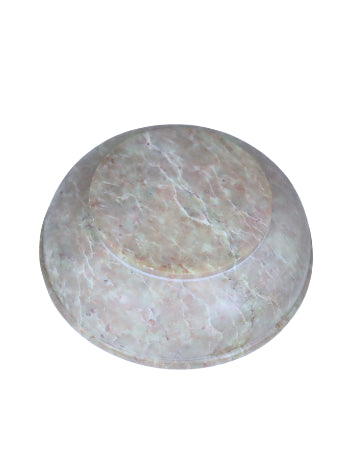 Sold out
Sold out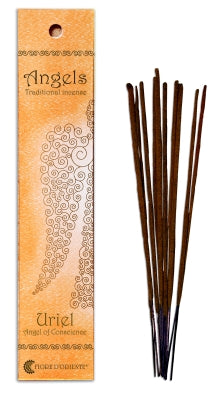 Sold out
Sold out Sold out
Sold out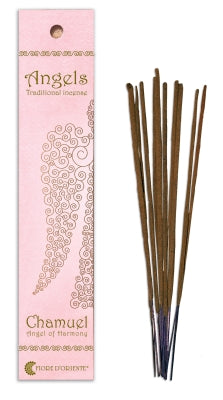 Sold out
Sold out
